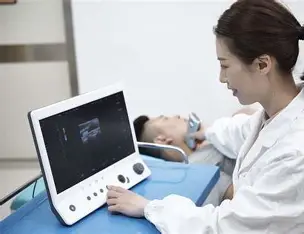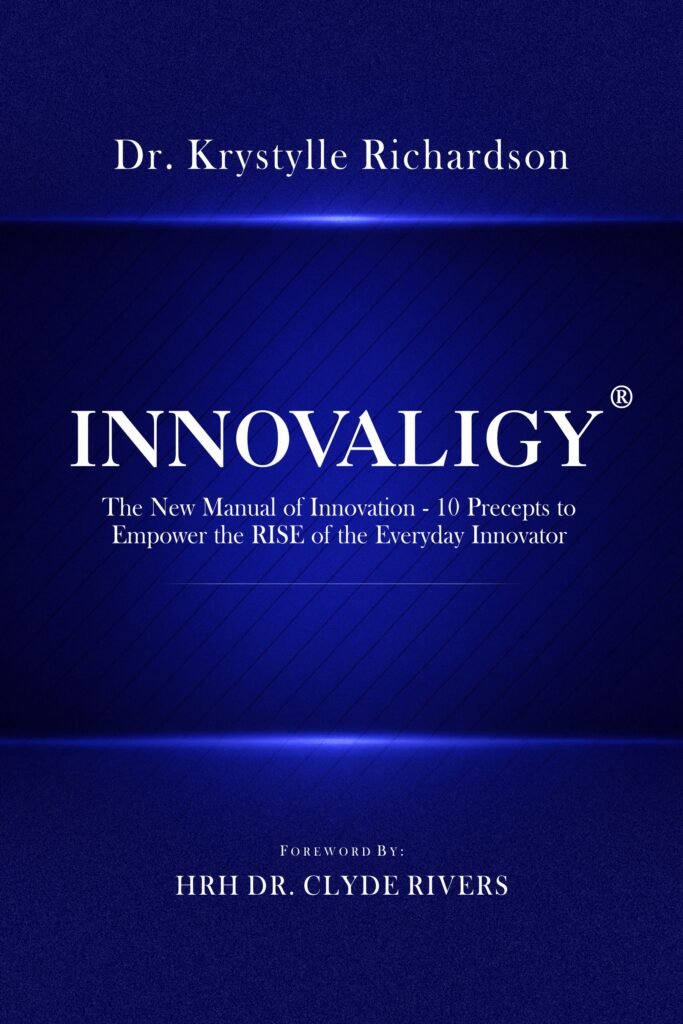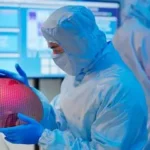New Ultrasound Tech Charges Medical Implants in Under 2 Hours

A groundbreaking medical technology now enables doctors to recharge implants inside the human body using ultrasound waves, completely removing the need for invasive surgery. This innovation directly promises faster patient recovery, significantly lower healthcare costs, and far greater safety for individuals who depend on life-saving devices. As hospitals and clinics adopt this method, both patients and healthcare providers stand to benefit from reduced risks and improved outcomes.
Researchers designed and tested a specialized ultrasound transmitter that sends high-frequency sound waves directly to implanted medical devices, such as pacemakers and drug delivery systems. These sound waves generate energy that fully recharges the implant’s battery in less than two hours. Importantly, the process eliminates the need for any incisions or physical contact with the device, which in turn reduces the risk of infections and shortens recovery time. Because the procedure uses non-invasive ultrasound instead of surgical tools, doctors can perform it safely in standard medical facilities without operating rooms.
Medical experts predict that this technology will transform patient care by dramatically extending the lifespan of implants and greatly reducing the need for repeated surgeries. Furthermore, hospitals can easily integrate the system into outpatient services, allowing patients to receive battery boosts during routine checkups instead of enduring costly, high-risk operations. This shift will not only free up surgical resources but also make treatment more accessible for people who previously avoided surgery due to health risks.
The breakthrough offers new hope to millions of people worldwide who depend on implants for survival. In regions with limited surgical facilities, healthcare providers can use ultrasound charging to offer a safer, faster, and more affordable alternative. This approach will be especially valuable for elderly patients and for individuals with chronic conditions that make surgery dangerous. By expanding access to life-saving care without increasing surgical demand, this innovation could bridge a major healthcare gap in underserved communities.
This advancement perfectly aligns with the global push for non-invasive medical solutions. By reducing recovery times and minimizing hospital stays, ultrasound charging will help healthcare systems manage costs more effectively while still improving patient quality of life. Additionally, the technology’s ability to function without surgical intervention makes it ideal for use in telemedicine-supported rural healthcare programs, where advanced surgical infrastructure is often unavailable. As adoption grows, this innovation will likely become a defining example of how technology can improve lives while reducing the strain on global healthcare systems.










